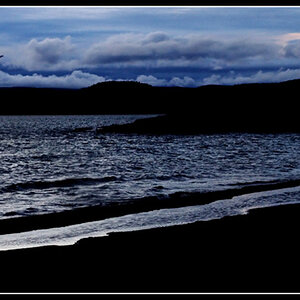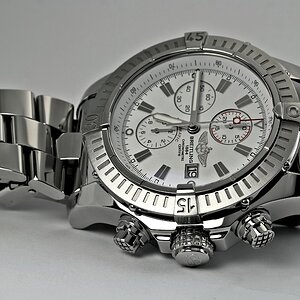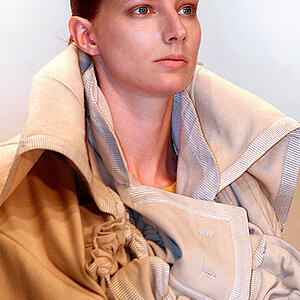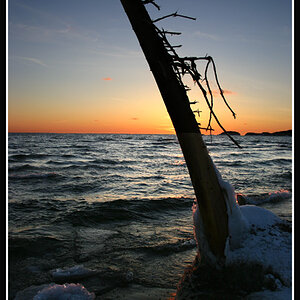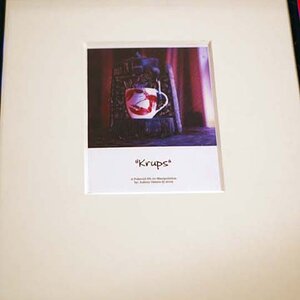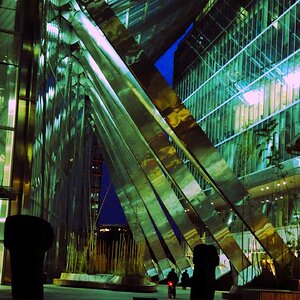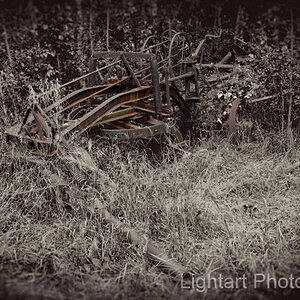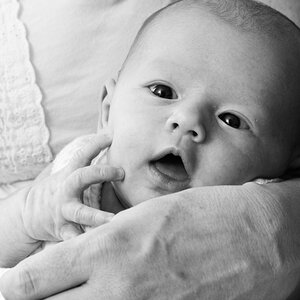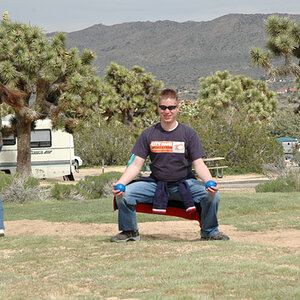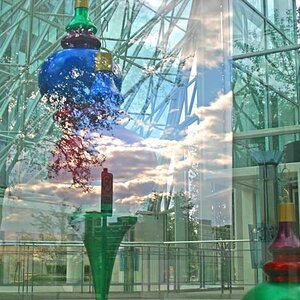- Joined
- Apr 9, 2009
- Messages
- 41,401
- Reaction score
- 5,706
- Location
- Iowa
- Website
- kharrodphotography.blogspot.com
- Can others edit my Photos
- Photos OK to edit
The field of view of whichever lens you choose to use has a big influence on the perspective in whatever scene you photograph. In other words, the perspective of the focal length you choose to use can have a powerful impact on the overall composition of your photo.
To that end lens focal lengths tend to be used for fairly specific kinds of photographs.
Note: Field of view means after taking an image sensor crop factor into account. So for 1.5 crop factor image sensor, a lens with or set to a 13 mm focal length has the field of view a 19.5 mm lens would have on a full frame image sensor. On a 1.6 crop factor image sensor, a 13 mm lens has a field of view a 20.8 mm lens would have on a full frame image sensor.
To that end lens focal lengths tend to be used for fairly specific kinds of photographs.
Note: Field of view means after taking an image sensor crop factor into account. So for 1.5 crop factor image sensor, a lens with or set to a 13 mm focal length has the field of view a 19.5 mm lens would have on a full frame image sensor. On a 1.6 crop factor image sensor, a 13 mm lens has a field of view a 20.8 mm lens would have on a full frame image sensor.
less than 20 mm - ultra wide angle - architecture.
20 mm to 35 mm - wide angle - landscapes.
35 mm to 70 mm - normal - candid, documentary, street
70mm to 135 mm - telephoto - portraiture
135 mm and up - long telephoto - sports, wild animals, birds
To that end lens focal lengths tend to be used for fairly specific kinds of photographs.
Note: Field of view means after taking an image sensor crop factor into account. So for 1.5 crop factor image sensor, a lens with or set to a 13 mm focal length has the field of view a 19.5 mm lens would have on a full frame image sensor. On a 1.6 crop factor image sensor, a 13 mm lens has a field of view a 20.8 mm lens would have on a full frame image sensor.
- less than 20 mm - ultra wide angle - architecture.
- 20 mm to 35 mm - wide angle - landscapes.
- 35 mm to 70 mm - normal - candid, documentary, street
- 70mm to 135 mm - telephoto - portraiture
- 135 mm and up - long telephoto - sports, wild animals, birds
To that end lens focal lengths tend to be used for fairly specific kinds of photographs.
Note: Field of view means after taking an image sensor crop factor into account. So for 1.5 crop factor image sensor, a lens with or set to a 13 mm focal length has the field of view a 19.5 mm lens would have on a full frame image sensor. On a 1.6 crop factor image sensor, a 13 mm lens has a field of view a 20.8 mm lens would have on a full frame image sensor.
less than 20 mm - ultra wide angle - architecture.
20 mm to 35 mm - wide angle - landscapes.
35 mm to 70 mm - normal - candid, documentary, street
70mm to 135 mm - telephoto - portraiture
135 mm and up - long telephoto - sports, wild animals, birds
Last edited:


